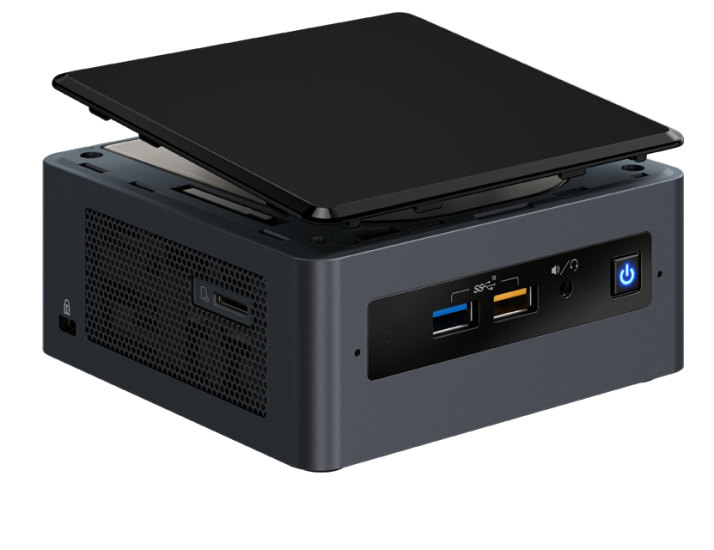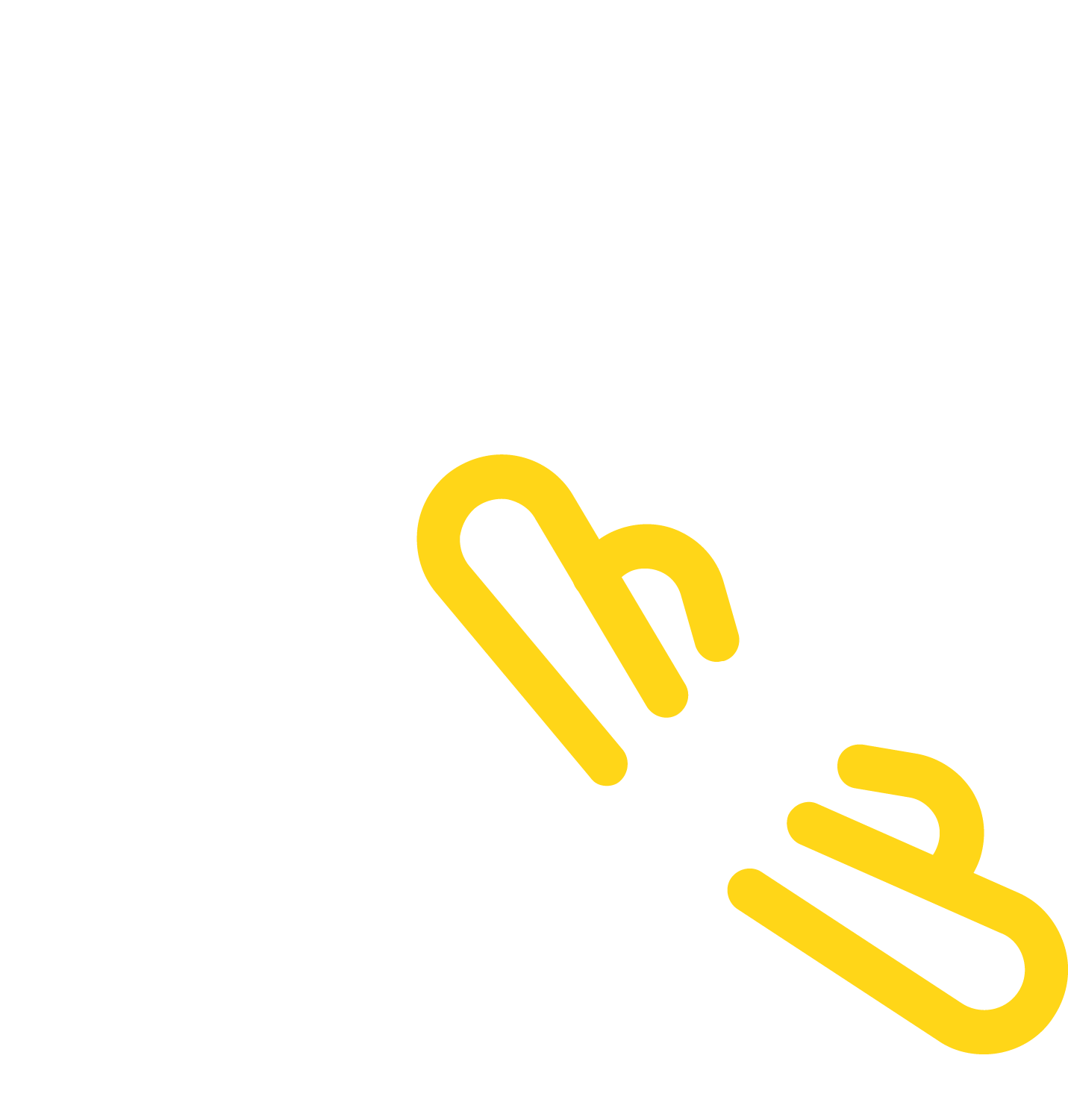
WHAT ARE DRAGONFLY'S ARCHITECTURES?
Dragonfly is a flexible technology that can work on multiple operating systems and is available under different architectures.
On board processing
One computing unit for each device to be tracked
No Internet connection
Optional WLAN connection
On premise processing
One (or multiple) central server(s) for a sub-group of devices to be tracked
No Internet connection
Mandatory reliable WLAN connection
Requirements
ON BOARD PROCESSING
USB camera on board
A wide angle camera (130°-180°) on board of the device.
Computing unit
One computing unit for each device to be tracked
At least an i5-8th Gen CPU or similar + 8 GB of RAM + 150 GB SSD
ON PREMISE PROCESSING
Requirements
Camera on board
A wide angle camera (130°-180°) on board the device.
The camera needs to stream its video in real-time to the local server.
Local wireless Connection
Minimum 2 Mbps/device
Local server
One (or multiple) central server(s) for a sub-group of devices to be tracked
A server with 2-3 Dragonfly instances, with cameras moving in a venue of 10,000 sqm, would require a quad-core CPU like an i7 or i9 8th gen or better, 64 GB or RAM, 300 GB SSD
COMPARISON TABLE
Different architectures for different needs
On board processing
On premise processing
Processing
On board the device
(robot, drone, forklift, AGV...)
On an on-premise server
Internet connection required
NO
NO
Local WLAN connection required
Optional
(only when the positions should be retrieved from external applications)
Mandatory
(minimum 2 Mbps/device to send the video stream to the on-premise server)
Pros
♦ No internet connection required
♦ Self-contained architecture
♦ Easily scalable
♦ Higher performances (there is no latency in the video stream)
♦ No internet connection required
